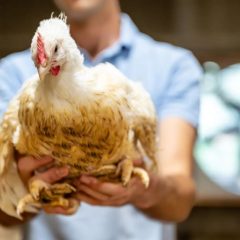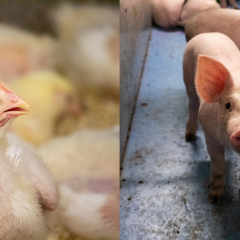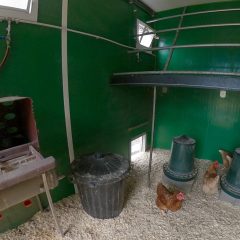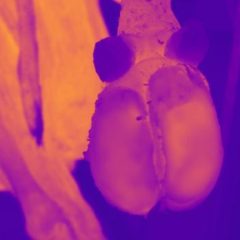Research project Development of a quick scan monitoring system at the slaughter line to determing laying hen welfare
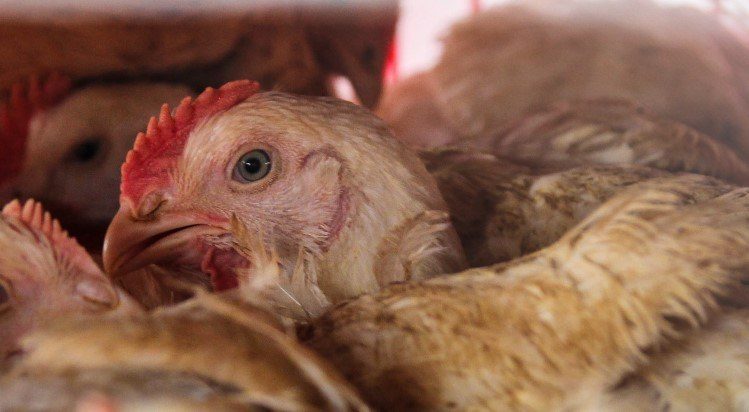
General introduction
At the request of the Flemish Government, the goal of the LEGMONI project is to elaborate a rapid monitoring tool for the welfare of laying hens. The tool is meant to be used on the slaughter line. It should highlight points of improvement from each of the layer life phases (stay in any type of housing system, catching and loading of the hens, transport to the slaughterhouse, slaughter itself). The ultimate goal is that the monitoring scores lead to a welfare improvement for the hens from all housing systems (a range of housing types, enriched cages, free range).
Research approach
Together with stakeholders in the sector (layer organisations, transporters and slaughterhouses, government, veterinarians), the researchers form a steering committee. The members stay in close contact throughout the development process of the monitoring tool. Appropriate animal welfare indicators are identified for the various stages of the production process (production, catch & transport, slaughter). The limiting factor is that the measurement must be implemented at the slaughterhouse. We follow at least 45 flocks of hens, from enriched cages as well as non-cage systems, from production to slaughter to create a representative dataset for the selected indicators. After either a positive evaluation of the final indicators or after adjustments, we develop a mobile app for data entry and processing. It must be able to provide direct results as well as feedback for those involved. We plan sufficient time and effort to implement the system in all Flemish layer slaughterhouses. In the first phase of the rollout we provide a thorough evaluation of the operation.
Relevance/Valorization
An animal welfare monitoring tool for laying hens that can be carried out in the slaughterhouses has a number of advantages: it provides a view of the entire cycle, all farmers can be efficiently monitored and benchmarked, fast responses become possible, and desired actions for the future can be identified, depending on the attainment of the limit values. Previous studies on the welfare of laying hens show that there are still several things to improve in today's practice: keelbone fractures, foot lesions, etc. The monitoring tool can facilitate cost-efficient and yet tangible measures because it points out the precise pain points.
Financing
Vlaamse Overheid - Leefmilieu, Natuur & Energie - Dienst Dierenwelzijn


